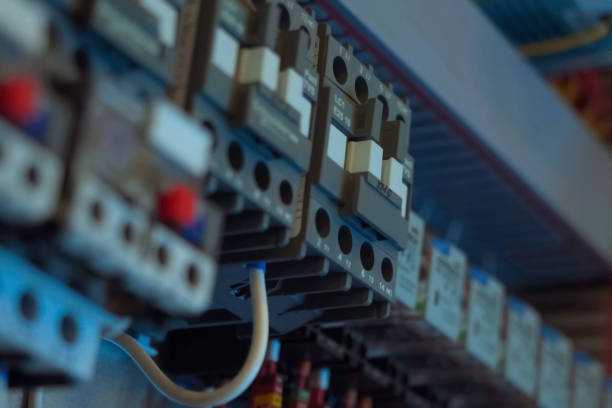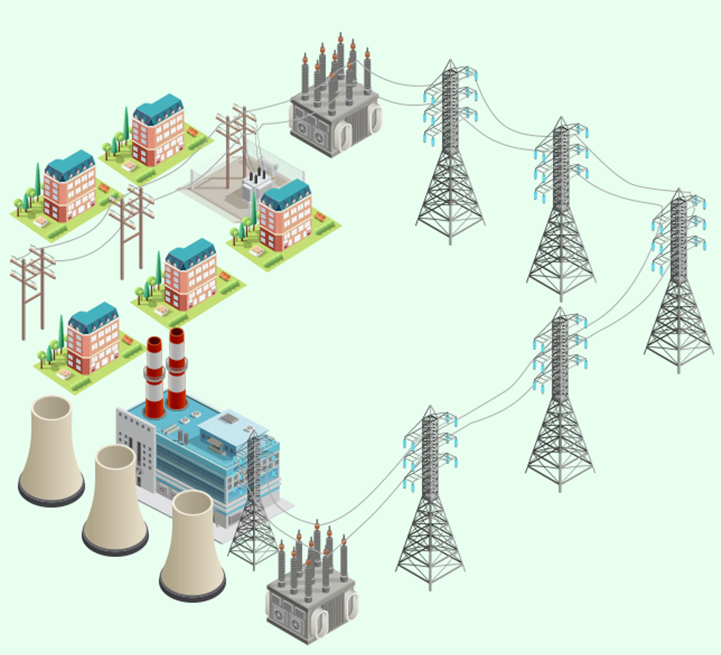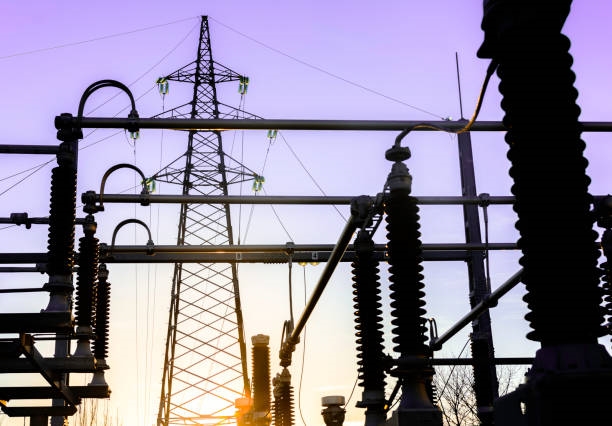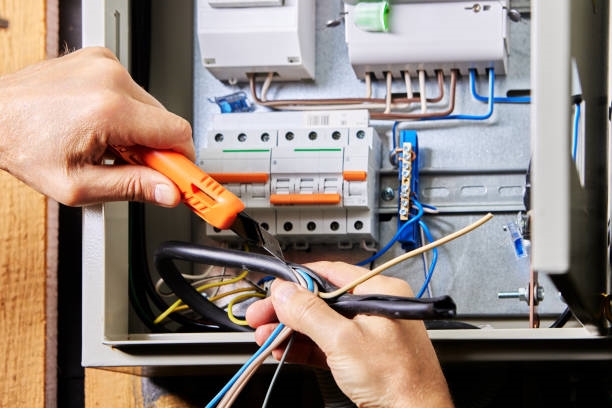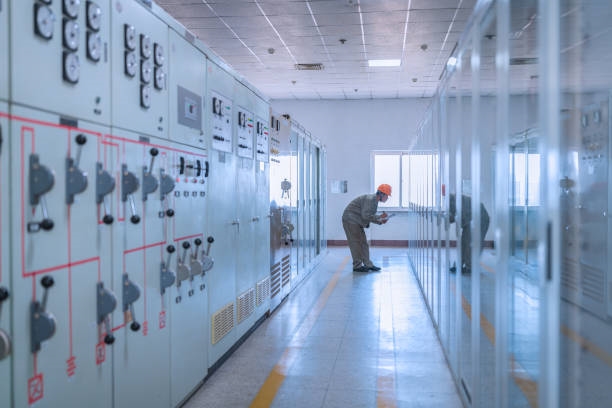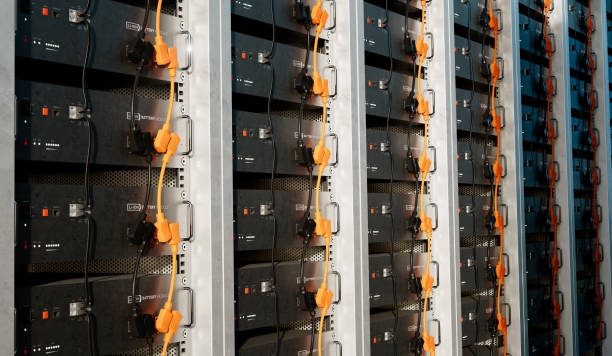Overview
10 kV switchgear is a type of distribution switchgear. It mainly consists of the following parts.
Main Components
Isolating switches: There is a set of isolating switches for the incoming and outgoing lines, and a grounding isolating switch. These switches provide a clear open point when the 10 kV switchgear is taken out of service or under maintenance to ensure safety.
Circuit breaker: The circuit breaker is used to de-energize and energize the 10 kV line. Vacuum circuit breakers rated for 10 kV are commonly used. The breaker includes an electric operating mechanism for trip and close operations.
Measurement, control, and protection devices: In power utilities' substations, measurement, control, and protection functions are typically implemented by microprocessor-based integrated relay protection devices and associated instruments. These devices provide measurement, control, and relay protection for the 10 kV switchgear. Microprocessor-based integrated relays can support remote monitoring and control functions (remote measurement, remote signaling, remote control, and remote adjustment).
Troubleshooting Common Faults
Troubleshooting 10 kV switchgear is essential for safe and reliable operation. Common troubleshooting methods include the following.
Electrical Faults
- Control switch failure or open control circuit: Check whether the control switch is damaged and verify wiring correctness. Use a multimeter to measure voltage or resistance to locate the problem.
- Limit switch misadjustment: Adjust the travel/limit switches to ensure the motor reaches the charged or ready position.
- Energy-storage motor failure: Check whether the motor windings are burned and measure voltage or resistance across the motor terminals.
Mechanical Faults
- Mechanical interlock failure: Inspect interlock areas to ensure mechanisms operate normally.
- Operating mechanism failure: Adjust limit bolts and trip levers to ensure the operating mechanism functions correctly.
Insulation Faults
- External insulation flashover to ground: Inspect external insulation integrity to avoid flashover to ground.
- Internal insulation flashover to ground: Inspect internal insulation to ensure circuit safety.
- Phase-to-phase insulation flashover: Monitor phase-to-phase insulation to prevent breakdown.
Current-Carrying Faults
- Poor contact causing contact melting or burning: Check whether isolating plug contacts and other contact points are making good contact.
Other Faults
- External mechanical impact and other unpredictable faults: Consider damage from foreign objects, natural events, or animals causing short circuits.
 ALLPCB
ALLPCB


